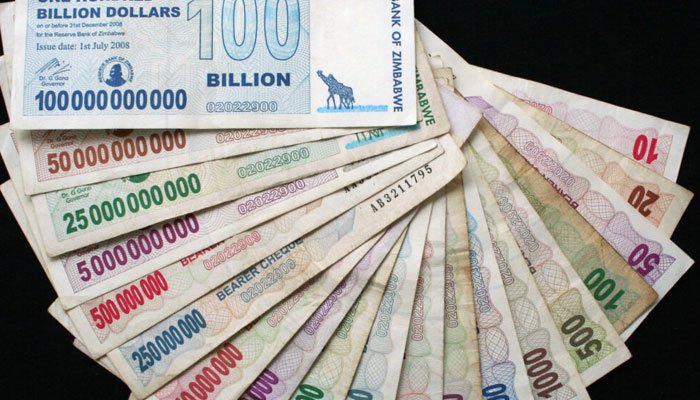Trump Targets Global Chipmakers with Proposed 100% Import Tariff. President Donald Trump announced plans to impose a 100% tariff on imported semiconductor chips from companies that do not manufacture in the United States or haven’t committed to doing so. The move aims to strengthen domestic chip production and reduce reliance on foreign suppliers, especially China.
“The rule is simple,” Trump said during a briefing at the Oval Office. “If you don’t build in America or commit to building here, your chips will be taxed — heavily.”
Although Trump did not provide a timeline or list the countries affected, the policy targets non-U.S. chipmakers and is expected to escalate global trade tensions.
Who Will Be Affected by the Chip Tariff?

The tariff will impact chipmakers based outside the U.S., particularly those without manufacturing plants or investment commitments in the country.
TSMC (Taiwan Semiconductor Manufacturing Company) is expected to avoid the penalties. The company already operates in the U.S., producing chips for firms like Nvidia, a major player in AI technology.
Nvidia has pledged to invest hundreds of billions into U.S. chip facilities over the next four years, shielding it from any new import duties.
In contrast, Chinese chipmakers such as SMIC and Huawei may face the full tariff, since much of their hardware is assembled in China and exported to the U.S.
Big Tech Firms Could Benefit
Economists believe that large tech companies will have the upper hand in adapting to this policy.
“Companies that can afford to build in America will benefit the most. It’s survival of the biggest,” said Brian Jacobsen, chief economist at Annex Wealth Management.
Trade Tensions and Global Impact
Trump’s plan could affect ongoing trade negotiations with China, especially as the U.S. tries to protect sensitive technologies linked to national security and artificial intelligence.
However, allies like Japan, South Korea, and the EU appear safe from the 100% tariff. Each region has existing trade agreements or tariff frameworks with the U.S.:
The European Union negotiated a flat 15% tariff on chip exports.
Japan and South Korea report they are receiving the same tariff treatment as other close U.S. partners.
CHIPS Act and U.S. Manufacturing Push
The proposed tariff aligns with the CHIPS and Science Act, passed in 2022. The law included $52.7 billion in subsidies for domestic semiconductor research and production.
Since the act’s passage, the U.S. has secured factory commitments from all five of the world’s top advanced chipmakers.
In 1990, the U.S. produced 40% of the world’s chips. By 2023, that number had dropped to just 12%. Trump frequently cites this decline as evidence that the U.S. must rebuild its manufacturing base.
What’s Next?
Experts say the policy’s impact will depend on how the tariffs are enforced.
“If the tariffs are not applied to components within assembled products, it may not change much,” said Martin Chorzempa, senior economist at the Peterson Institute. “But if they include devices with Chinese chips, the shift could be significant.”
While the proposal is still in its early stages, it reflects a broader push to revive American chip manufacturing, protect national security, and gain leverage in trade talks.








